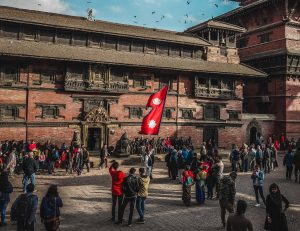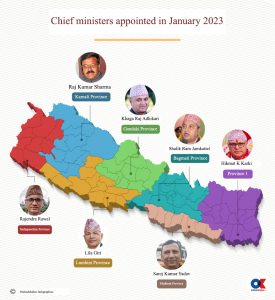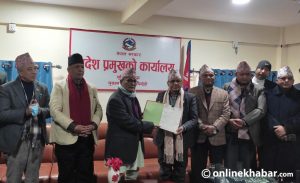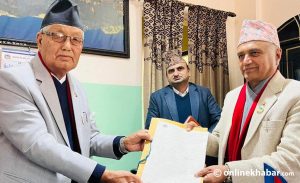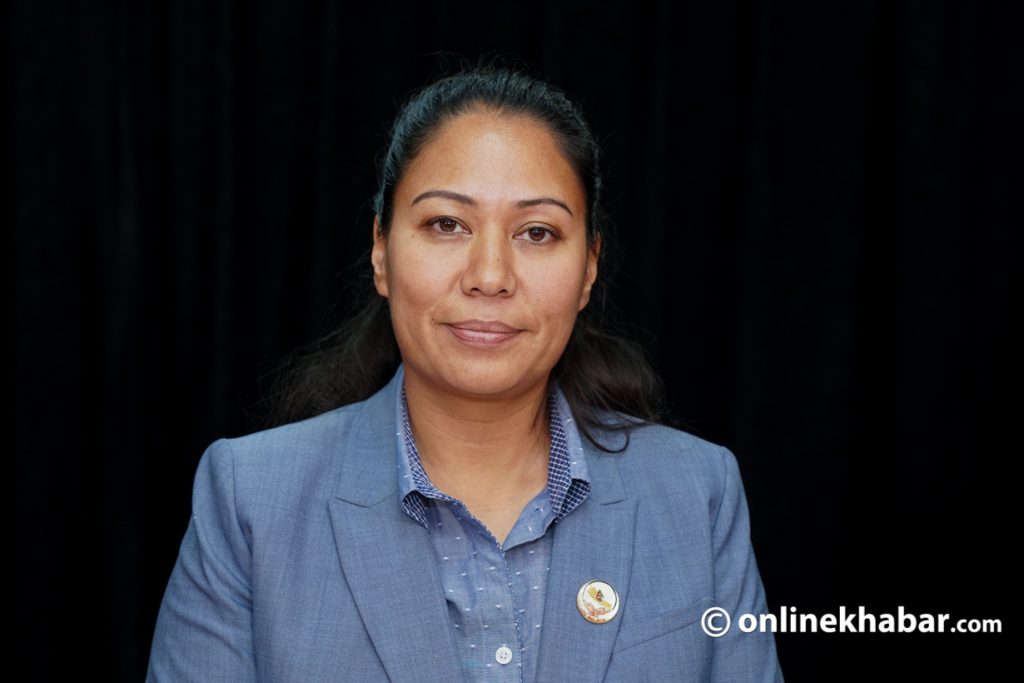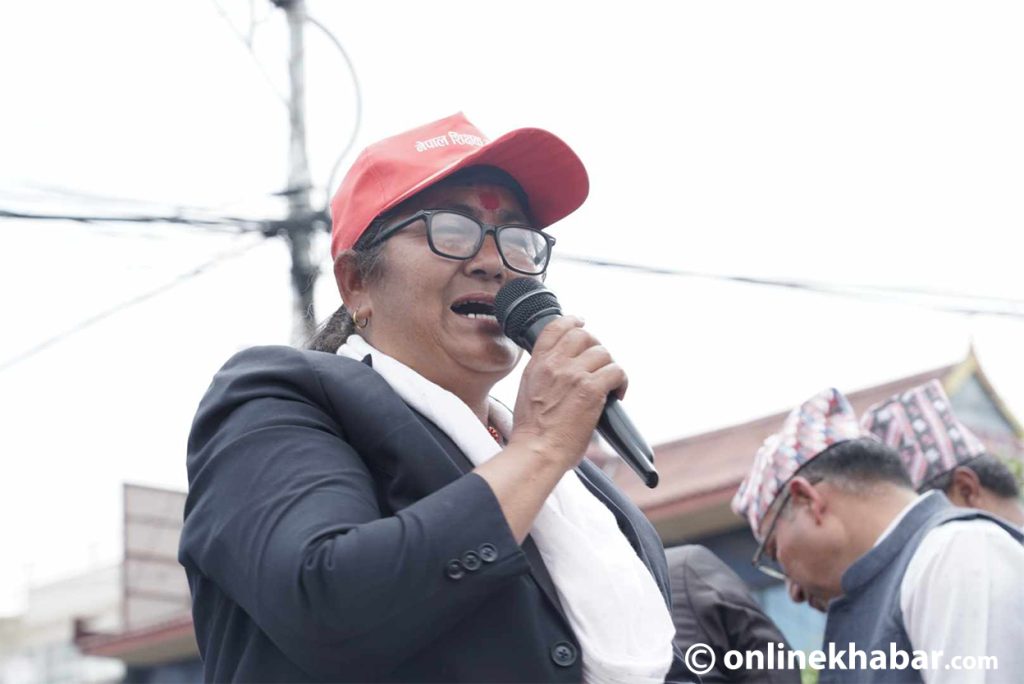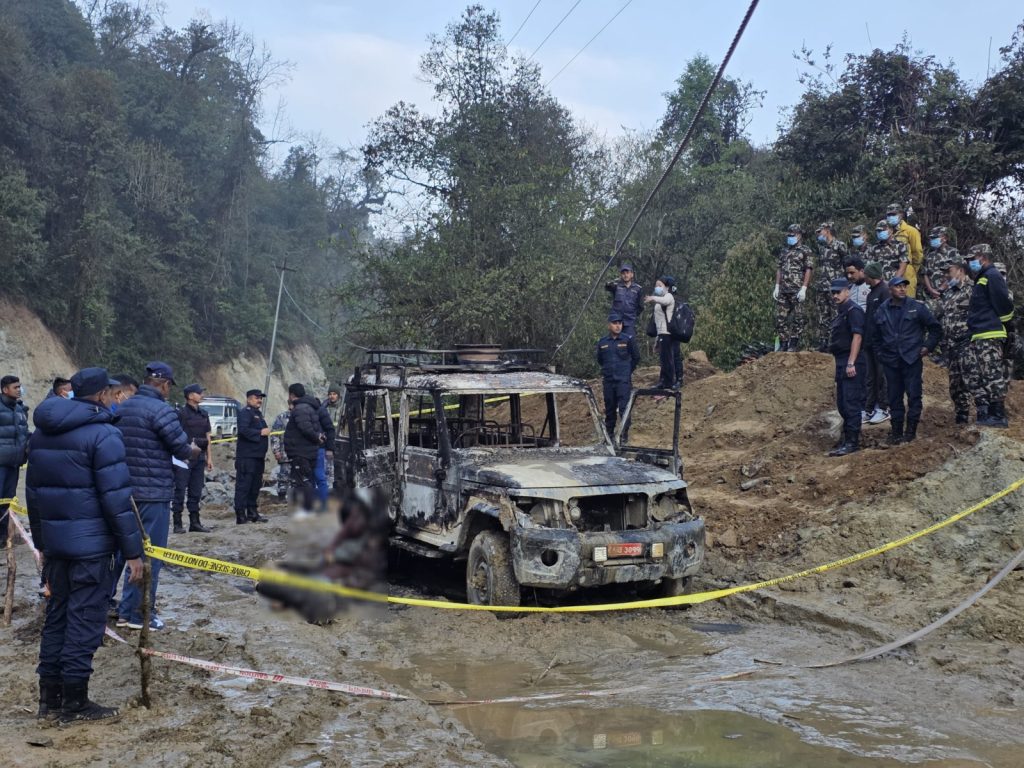
The provincial government was introduced under the provincial system with the hope that the provinces would be powerful; the state authority would be properly utilised and the development would be competitive amongst the provinces before being developed as a whole nation.
The number of provinces was discussed many times and finally, all the parties agreed on seven provinces. So, how did the seven provinces contribute to development as expected? Did the province boost both its internal revenue and national economic growth?
A well-thought-out discourse is required on the issue.
Democratic republic system

The democratic republic system was established in Nepal on the foundation of Maoist insurgency as civil war and people’s movement. While many countries adopt a democratic system, not all of them have a federal system of government.
The federal system of government is a new experience for Nepal. After 2017, the governments at all levels have completed five years. It is essential to take stock of these achievements and challenges in the implementation of the federal governance system and this is the right time.
Sections 197 to 202 of Part 15 of the Constitution of Nepal have provided provisions regarding the provincial government management procedure. The arrangement of the Provincial Assembly is as mentioned in the provisions of the Provincial Executive in Part 13 of the Constitution of Nepal, Provincial Legislature in Part 14, Provincial Management Procedures in Part 15 and Economic Procedures in Part 16.
The main function of the provincial assembly is to form the government, make provincial laws, monitor the activities of the provincial government and discuss provincial public affairs issues in the provincial assembly.
Structurally, achievements have certainly been seen at the provincial level. The provincial assembly is formed under the legislature and the executive. Ministries, directorates, commissions and offices have been established, while the departments, institutions, committees and boards under the union have been transferred to the provinces.
Similarly, the Public Service Commission has also been formed in the province. After surveying the organisation and management, the administrative structure was created and the employees were adjusted in the province. All provinces have also designated permanent capitals. In the same way, service delivery structures within the province have also been developed at the provincial level.
It is said that the federal government system has been strengthened by promoting coordination, collaboration and cooperation between the three levels of government. It does not seem that the coordination is vertical and the third relationship is strengthened. Although those levels accept cooperation, coexistence and coordination, it is not seen practically.
Different forms of problems have emerged in terms of policy and practice in the province. The main task of the provincial assembly is to make mandatory provincial laws for running the provincial government. Until now, more than 240 laws have been made by all provinces.
Provincial assembly members themselves are saying in various forums that the law has been made to run the government, but the policy has not been made to match the needs of the people.
Inter-level consultation was not made mandatory in lawmaking. Due to the lack of legal uniformity between the federal, provincial and local levels, the implementation of the program has become complicated.
It is necessary to confirm the necessity and propriety of the law. Now that the main laws have been made, the rest of the work of the provincial assembly is to amend and review conflicting laws.
The operational challenge
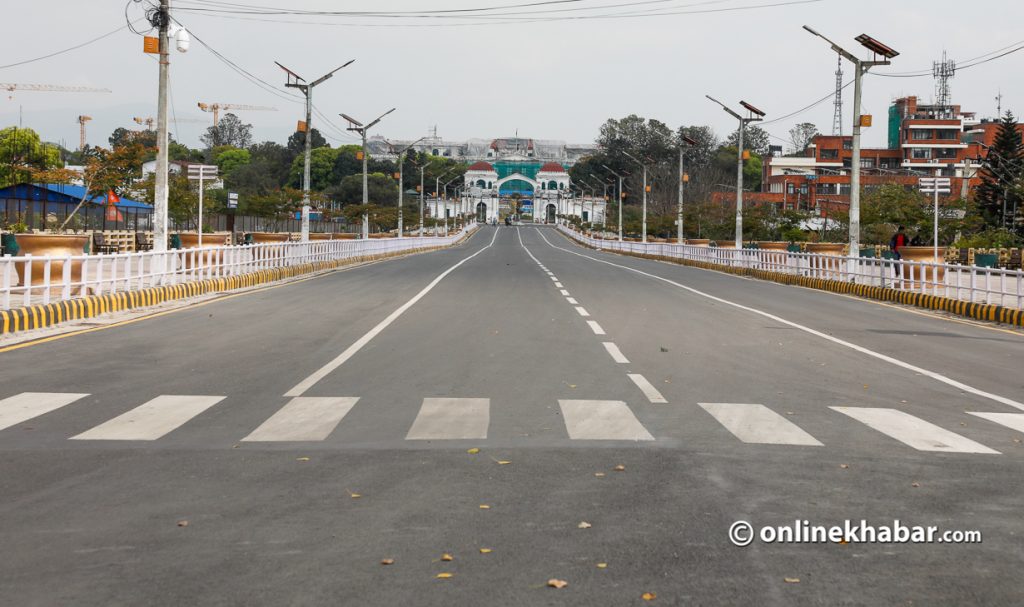
No matter what kind of government system is formed, it will ultimately serve the people. Good governance is to fully utilise the money in the country’s treasury and spend it on the overall development of the country.
How the money is collected, how the plans are selected, how the plans are implemented and how the people get their benefit is the main issue.
The provincial government’s social and physical infrastructure plans, encompassing areas such as drinking water, building construction, road, and bridge construction, are subjects of general interest. The selection and implementation of these plans involve citizen participation, reflecting principles of good governance.
These projects are then implemented in settlements at the local level. The market question is, how and which methodology do the provincial ministries use to select the said project?
Quality maintenance and evaluation processes for activities in the provinces require coordination and cooperation with the local level. Currently, a significant challenge is observed when inquiring about the province’s plan at the local level, as local governments often lack awareness of the plan. This lack of coordination poses a crucial challenge in the effective implementation and evaluation of activities across different administrative levels.
Good governance has become the most serious issue in all three levels of government in a democratic republic.
According to the demand of the citizens, the provincial government has to bear the necessary expenses for development and service delivery from the income, but the imbalance between functional responsibilities and financial resources is visible.
There is a complaint at the local level that the province makes unnecessary conditions when transferring financial resources. Likewise, the relationship between the province and the local level is not cordial in the distribution of financial resources.
Even though there is an Inter-Governmental Finance Management Commission, which was formed for consultation on inter-governmental management including the financial partnership of the federal, provincial and local levels, it has not been effective.
Therefore, so far, it has been observed that the province expects maximum financial resources from the union and does not take any initiative to increase the internal income. Provincial and local levels are also trying to be autonomous, but due to excessive dependence on financial resources, these two levels are currently unable to be independent.
The need for cooperation, coexistence and coordination

Citizens had many expectations from the provincial government. Now, expectations have converted into complaints that the provincial government is formed as a training centre for employees. There are more charges such as investing in unproductive areas, having a centralised mentality, mentally considering the lower government to be of lower status as a lower government, and being indifferent to strengthening the local government, etc.
Similarly, there are allegations that there is a weakness in the management of the provincial government. It has not been able to improve its operations and it has not paid attention to development. Likewise, it has been confused in choosing small schemes, and it has been accused of choosing the wrong plan due to the influence of party bias.
The inability of the provincial government to generate internal revenue, inability to choose quality projects, duplicity in projects, lack of interest in resource management in security conditions, weak financial discipline, mobilisation of resources only in the infrastructure sector, lack of analysis of sustainability, increasing activities under conditional grants, management of small projects.
Problems such as being difficult to do, not being able to manage income tax, proposing a full budget when the government transfers finances to the local level, and not being able to make the budget formulation process participative, transparent and result-oriented are seen as urgent problems.
The annual budget expenditure rate is also about 50 per cent on an average of all seven provinces and the lowest position among the three layers of government.
Even now, the political parties in the provincial government are only trying to gain power and an edge rather than strengthen the federal system. The most important thing is the selection of the project to the high demand of people to be conducted by the provincial government and the connection of the people in the implementation, monitoring, and benefit distribution.
If the provincial government is not able to prioritise based on the demand and recommend the local government, there will be no justification for the provincial government. Likewise, the subject of cooperation, coexistence and coordination as provided by the constitution is vital.
Politically, any problems should be solved first. The capacity of the state level is not as satisfactory as expected. There is still a delay in law-making, employees have been kept under contract, and it seems that most of the employees are transferred within a short period.
At least one employee can be institutionalised only if he stays in one station for two years. Due to the new federal civil law, the laws made by the states have not been fully implemented. Because of that, for the stability of the provincial government, it is necessary to reduce the number of ministries, create a public-oriented transparent budget, prioritise projects, and put special emphasis on monitoring and evaluation.
The province should work within the scope of work as prescribed by the criteria for the classification and distribution of development programmes and projects at the Province and local levels as guided by the constitution.
Government employees also should pay attention to the psychology that the provincial government will remain in existence. Ultimately, doubt on sustainability will be expressed about the provincial assembly’s rationality if its members are unable to settle the conflict with federal law and demonstrate involvement beyond establishing a government and amending the remaining legislation rather than hanging around the ministries for tiny projects.






